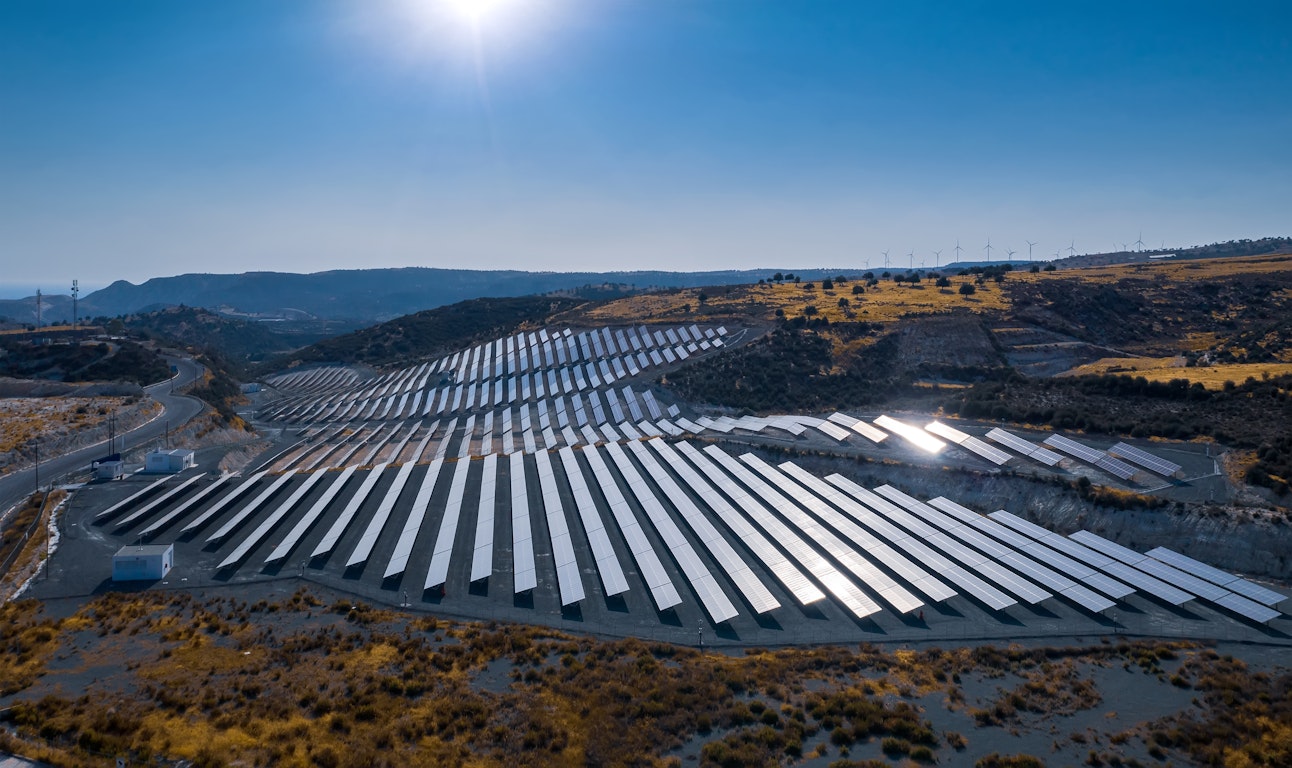- Solar energy blog
- Key takeaways from our Solar Farm Design Guide
Key takeaways from our Solar Farm Design Guide
Before developing a grid-scale solar operation, read our new Solar Farm Design Guide to assess the feasibility of your site, configuration, and technology.


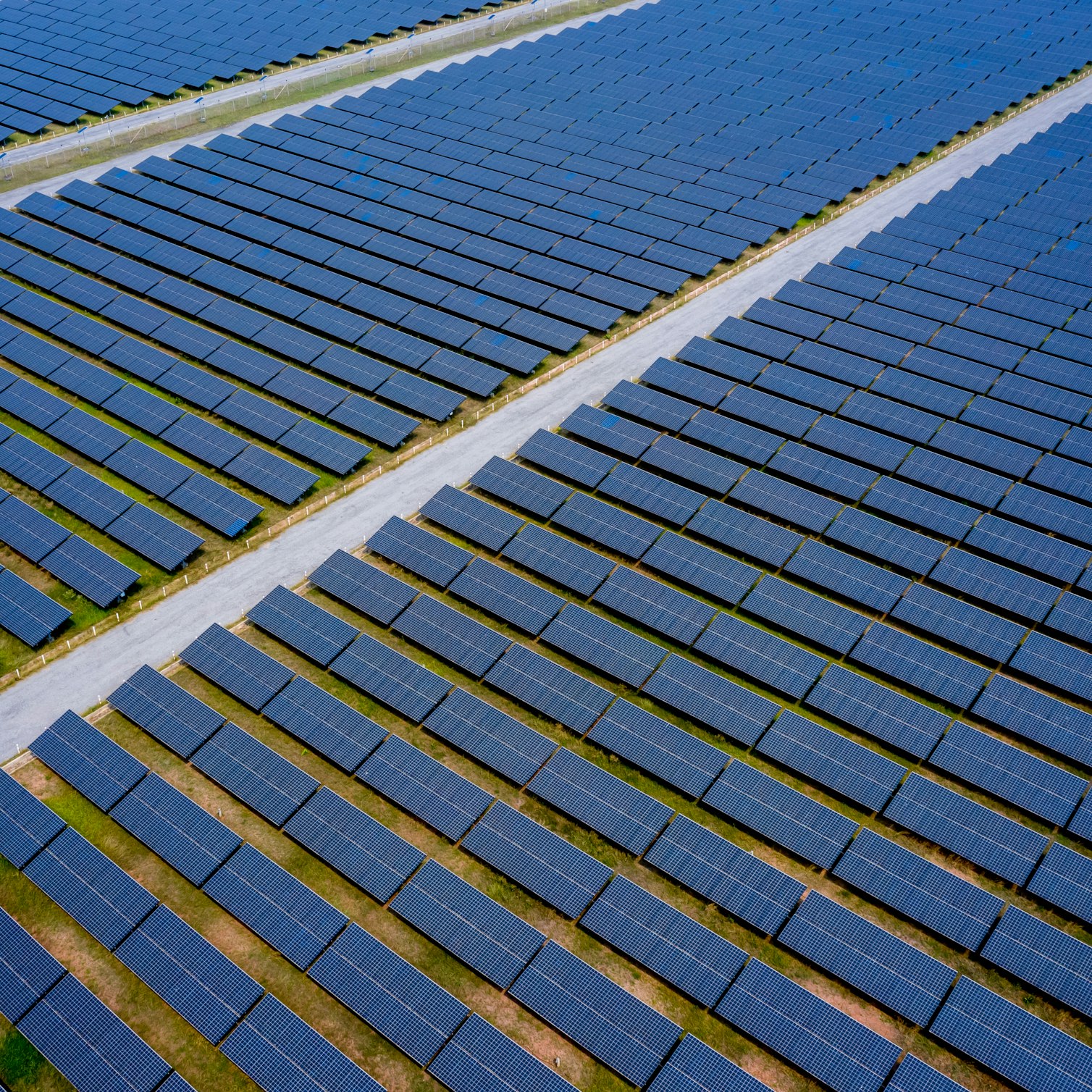
Solar is on track to become the leading source of clean energy. It accounted for 75% of all new renewables in 2023 — and it’s only just starting. The sun will generate over 318 billion kilowatt-hours of power for the US in 2024, 34 billion more than hydropower. Globally, solar and wind are projected to make up a record-breaking 96% of renewable energy additions by 2028.
But why the surge? Simply put, solar is increasingly affordable and effective, making it compelling for businesses and entire countries.
Developments in this sector have been nothing short of astounding. Meta’s solar projects will soon serve 24 states across the US, while, further afield, Japan is experimenting with bendable solar cells and beaming solar power from space.
But for all its potential, sunshine isn't always on the schedule. Power generation fluctuates depending on weather and location.
Luckily, though, utility-scale solar PV plants can tackle this challenge. Unlike distributed installations, commercial plants are large enough to handle variances in solar irradiance. They can also store excess energy during sunny periods to keep the grid stable throughout the year.
However, like any large undertaking, a utility solar project requires careful execution. About 80% of projects never quite become commercial because of poor planning.
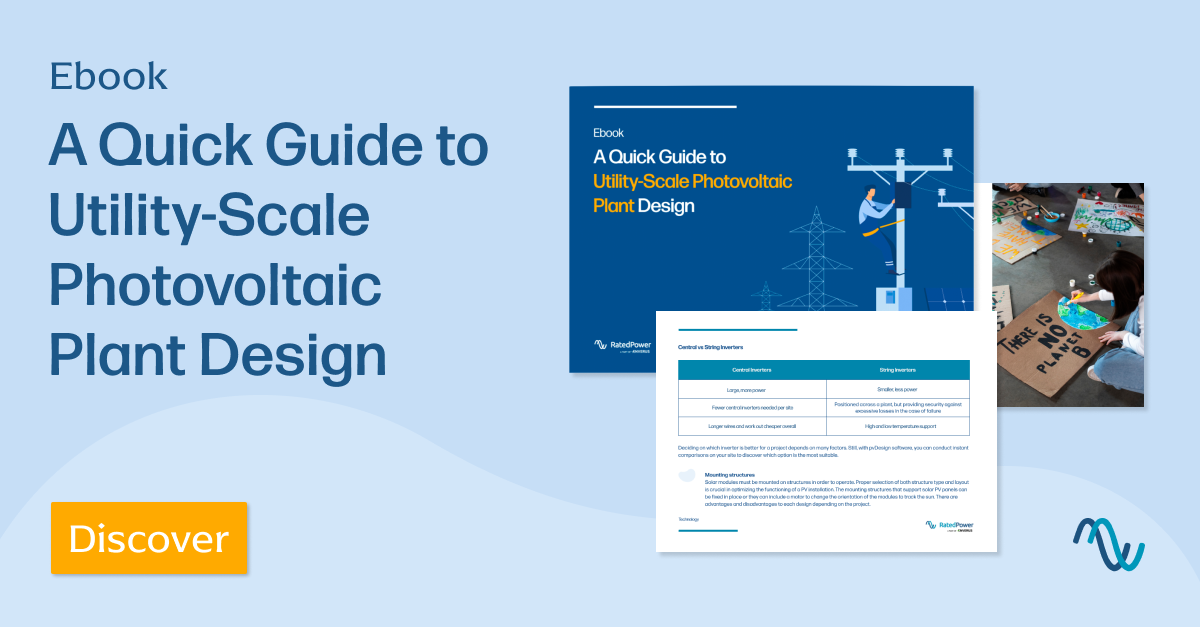
About our Solar Power Plant Design Guide
Our eBook — Solar System Design Guide — provides foundational knowledge on critical success factors for optimizing a utility-scale PV plant:
Site scouting - Learn strategic considerations for selecting a location with optimal solar irradiance and minimal shading.
Module configuration - Discover best practices for optimizing solar capture.
Technology selection - Gain insights into the latest advancements in solar modules, inverters, mounting structures, and transformers to select the most suitable technology for your specific project goals.
Whether you’re developing a solar farm to monetize your land or looking for future-proof ways to power entire communities, this report can set you in the right direction.
Key takeaways
Here’s a quick summary of essential insights from our Solar Farm Design Guide:
Optimal site selection is the cornerstone of a high-performing utility-scale solar project. Look for higher-altitude locations with long sunlight hours and minimal cloud cover to maximize your plant’s efficiency. RatedPower's Horizon Importer lets you accurately estimate shading losses for your site.
Proper panel tilt, orientation, and spacing can multiply year-round solar capture. Depending on your project, tracking systems may be worth the investment — they can adjust panel orientation throughout the day for even better efficiency.
Different solar module options offer different benefits, with some better suited for large-scale projects. In general:
Monocrystalline silicon converts energy efficiently and has a long operational life, but comes at a premium cost.
Polycrystalline silicon is more affordable than monocrystalline. While slightly less efficient and durable, it’s still a solid choice for many projects.
Thin-film panels adapt to unique shapes and are easy to install, but their efficiency falls short compared to silicon options. They are not suitable for large-scale projects.
Cadmium telluride modules cost less initially, but they require specific safety protocols during installation and disposal which may be expensive to carry out.
Concentrated PV modules are efficient but require complex tracking structures. They may be ideal for specialized applications.
The best inverters are suited to your environment's conditions — especially temperature.
Your choice of mounting structures directly affects your solar farm’s efficiency and operation.
Battery Energy Storage Systems don�’t just stabilize utility-scale grids — they also allow solar farms to sell excess energy production.
The right transformer depends on your system's connection point — whether it links directly to the grid, to storage, or to a different grid type.
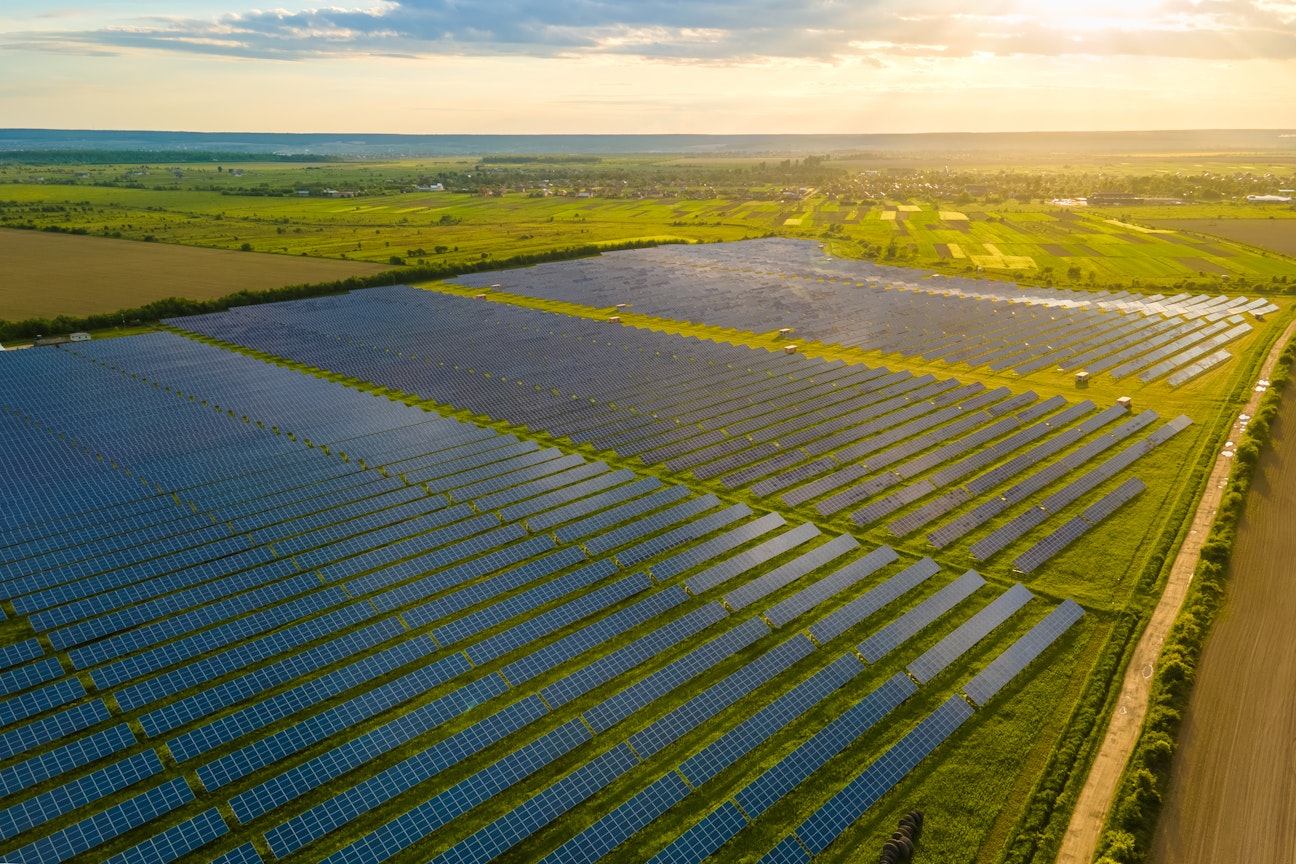
Further reading
We also recommend these blogs for additional guidance beyond our Solar Power Design Guide:
Benefits of utility-scale solar energy projects
Commercial solar’s environmental benefits are undeniable — and they go well beyond energy production. Find out how these projects slash energy costs, foster energy independence, and create jobs to bolster local economies — all without straining water resources.
How much does a solar farm cost?
Venturing into the solar business? This latest blog demystifies the costs of developing solar farms with crystal-clear breakdowns of expenses — from hardware to installation and maintenance. See how ongoing technological advancements are making solar more affordable than ever. Plus, get a free cost-tracking template to help you keep your PV plant budget on track.
Finance your solar project with RatedPower
Banks were once hesitant to back solar projects because they were perceived as new, potentially risky technology. But the tides are changing — and you have to be ready. Learn how to use RatedPower to prove your project's viability and increase your chances of securing an investment. Leverage its tools to forecast energy generation and produce detailed financial and agreement reports.
The potential of floating solar
Floating solar power plants are promising alternatives for dense urban areas with high real estate costs. They don’t require large swaths of land — which means they don’t have a large impact on ecosystems. Cooler water temperatures can also boost array efficiency. What’s more, these arrays act like giant lids that help reduce evaporation in arid regions.
But floating solar introduces technical complexities. Costs and site selection are just the tip of the iceberg. Solar engineers must also design anchoring and mooring systems that can withstand the elements, as well as test polymer materials for long-term durability in aquatic environments. Read our blog to learn how to make these projects feasible.
Want to delve deeper into utility-scale solar design? Our resources page offers granular information on all aspects of green energy. You can also watch informative webinars and explainer videos on our YouTube channel.
Don’t forget to download our Solar Power Design Guide before you commit resources to a commercial solar project.
Latest stories
Related posts
Technology and engineering
Innovation in renewable energy: Developments expected in 2025
We look at the 10 biggest renewable industry developments that are making a green future possible, including perovskite solar cells, green hydrogen, and more.
Updated 18 MAR, 25
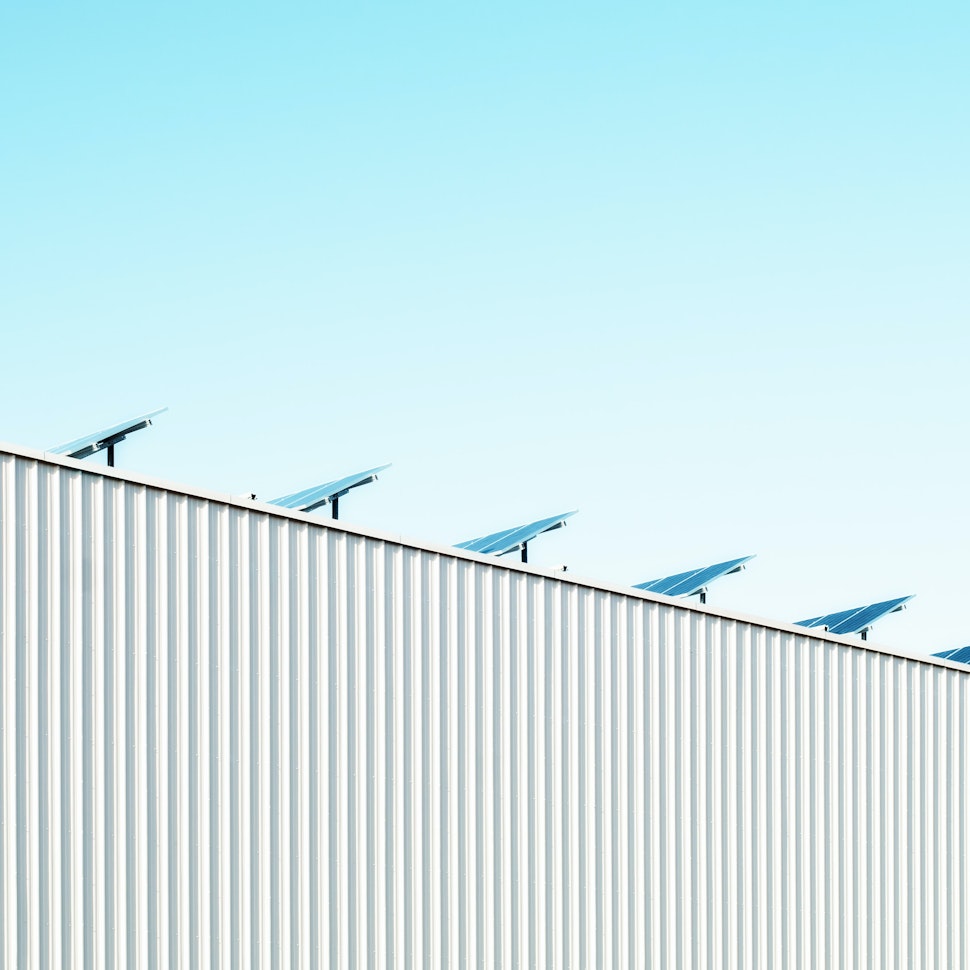
Market analysis
Breaking down solar farm costs: Free template inside
Updated 27 SEP, 21
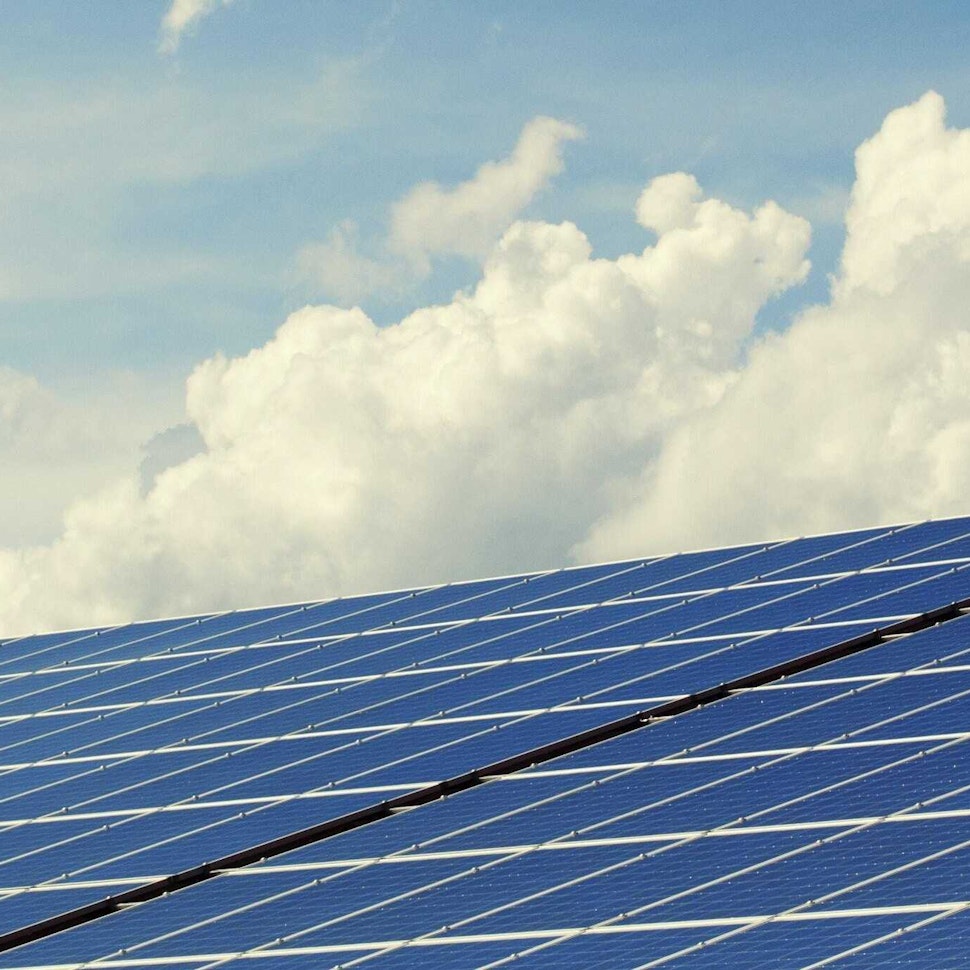
Market analysis
Solar energy in Australia: a 2021 market analysis
Updated 11 MAY, 21

- RatedPower
- Solar energy blog
- Key takeaways from our Solar Farm Design Guide
